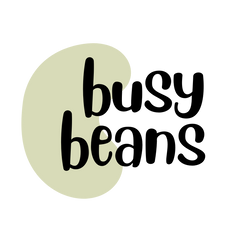If you’ve experienced mysterious headaches, skin rashes, or digestive issues without a clear cause, histamine intolerance might be to blame. A low-histamine diet can offer relief—but what exactly does that mean, and who should consider it?
🧬 What Is Histamine?
Histamine is a natural compound involved in your immune system, digestion, and nervous system. It’s found in certain foods and also released by the body in response to allergens. Some people have trouble breaking it down, leading to symptoms of histamine intolerance.
🚫 Symptoms of Histamine Intolerance:
- Headaches or migraines
- Hives or skin flushing
- Bloating and digestive discomfort
- Runny nose or nasal congestion
- Anxiety or dizziness
🥗 Low-Histamine Diet Basics:
Avoid high-histamine foods such as:
- Aged cheeses and cured meats
- Fermented foods (e.g., vinegar, soy sauce)
- Alcohol
- Leftovers (histamine builds up over time)
- Dried fruits with sulphites or preservatives
Choose fresh and clean ingredients like:
- Organic, sulphite-free dried fruits
- Freshly cooked legumes
- Pumpkin and chia seeds
- Organic rice and gluten-free grains
🛒 Why Organic Matters:
Many people with histamine sensitivity are also sensitive to additives and pesticides. Choosing organic foods can reduce your exposure to these irritants and help support a more stable diet.
🧘♀️ Who Should Try It?
If you're struggling with unexplained symptoms and standard allergy tests come back normal, talk to a healthcare provider about a low-histamine diet trial. It’s not about elimination forever—it’s about identifying triggers and finding balance.
